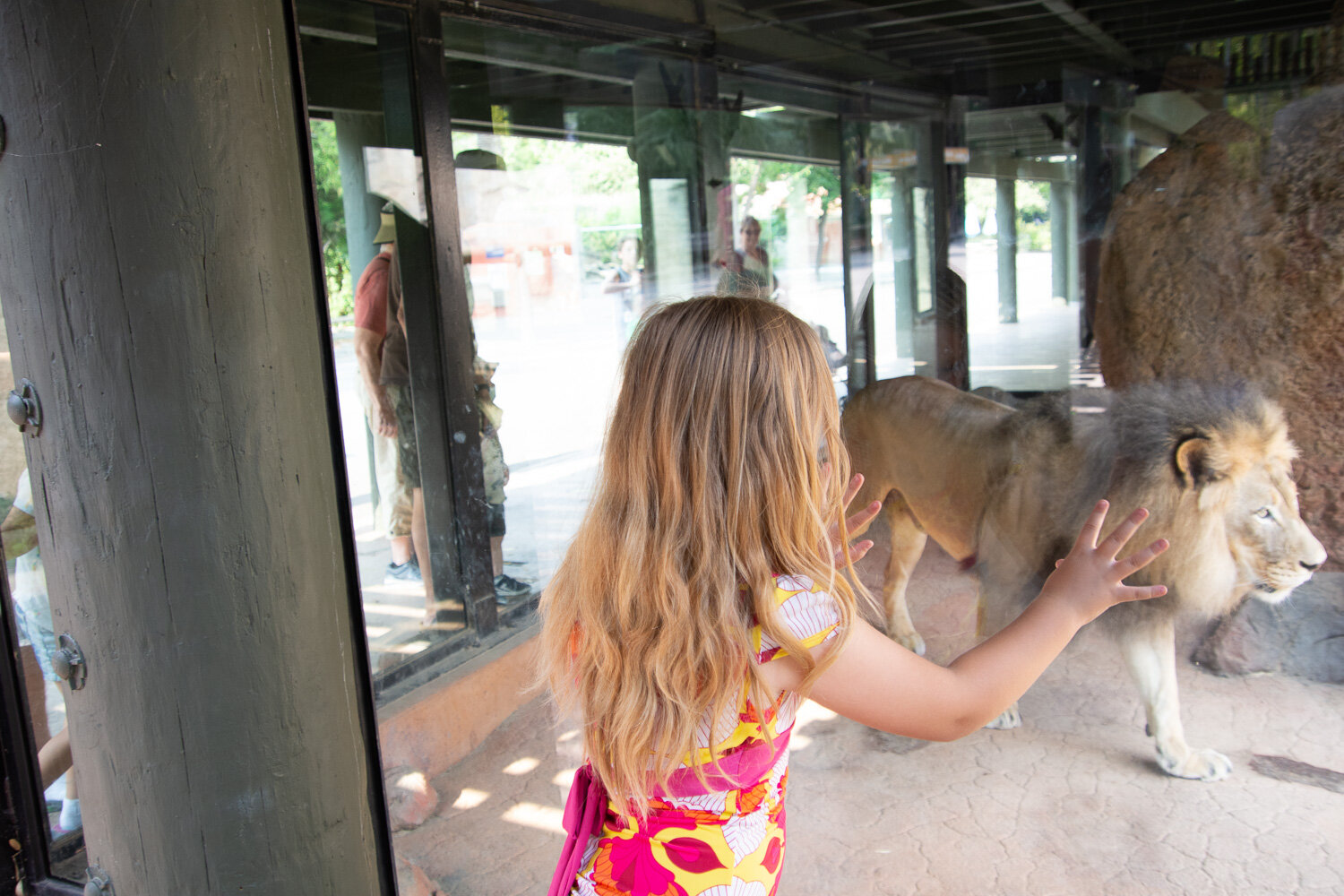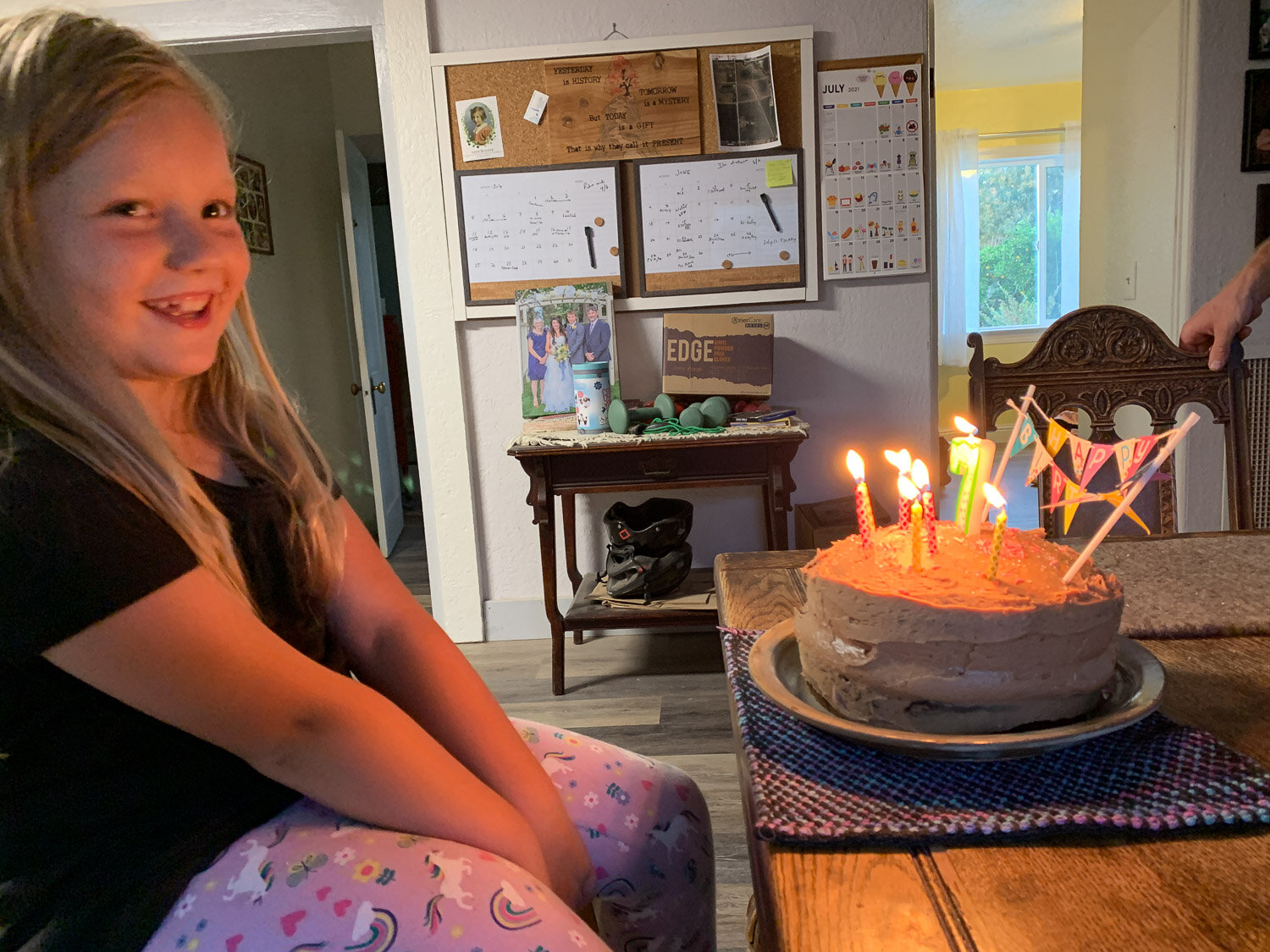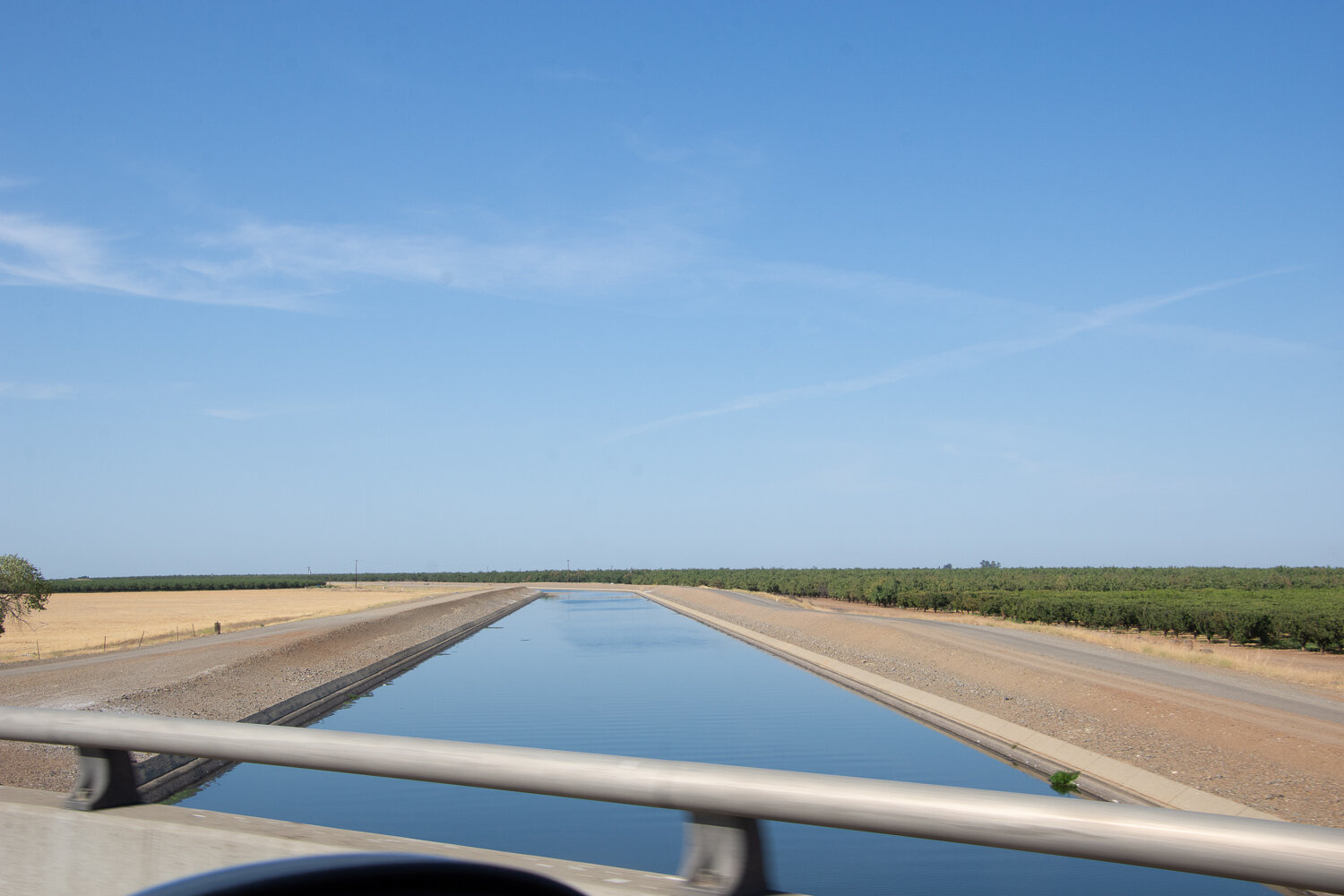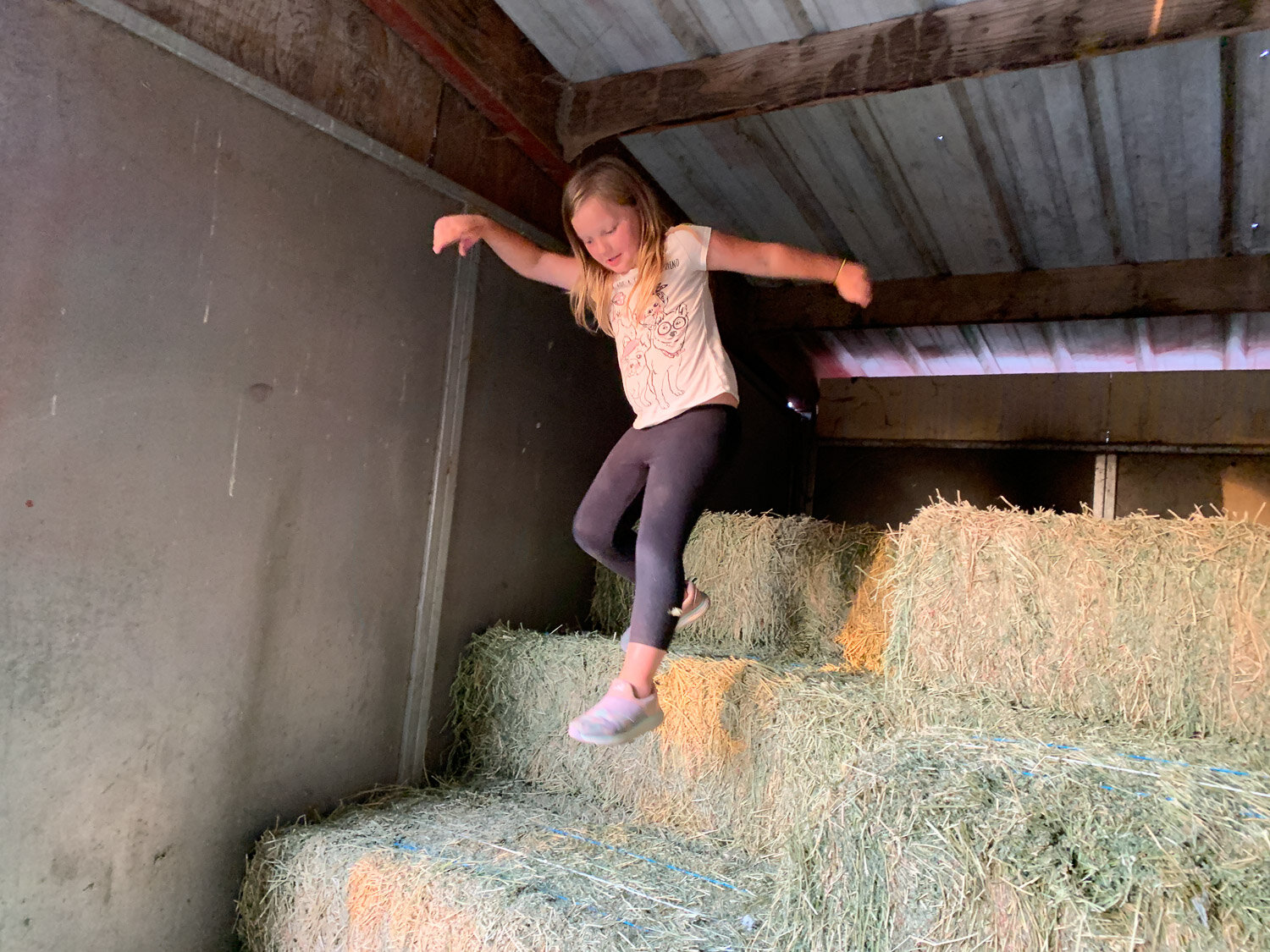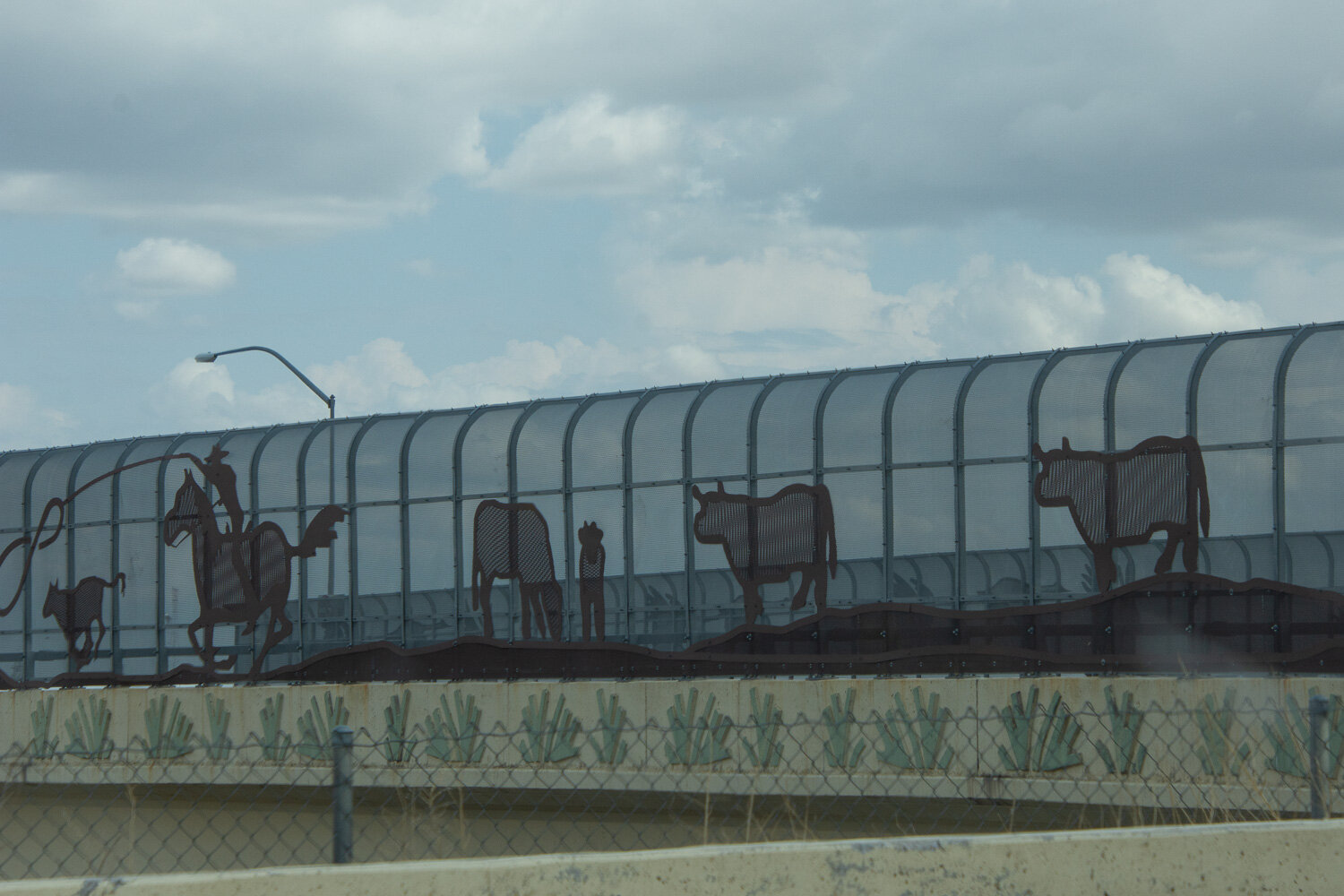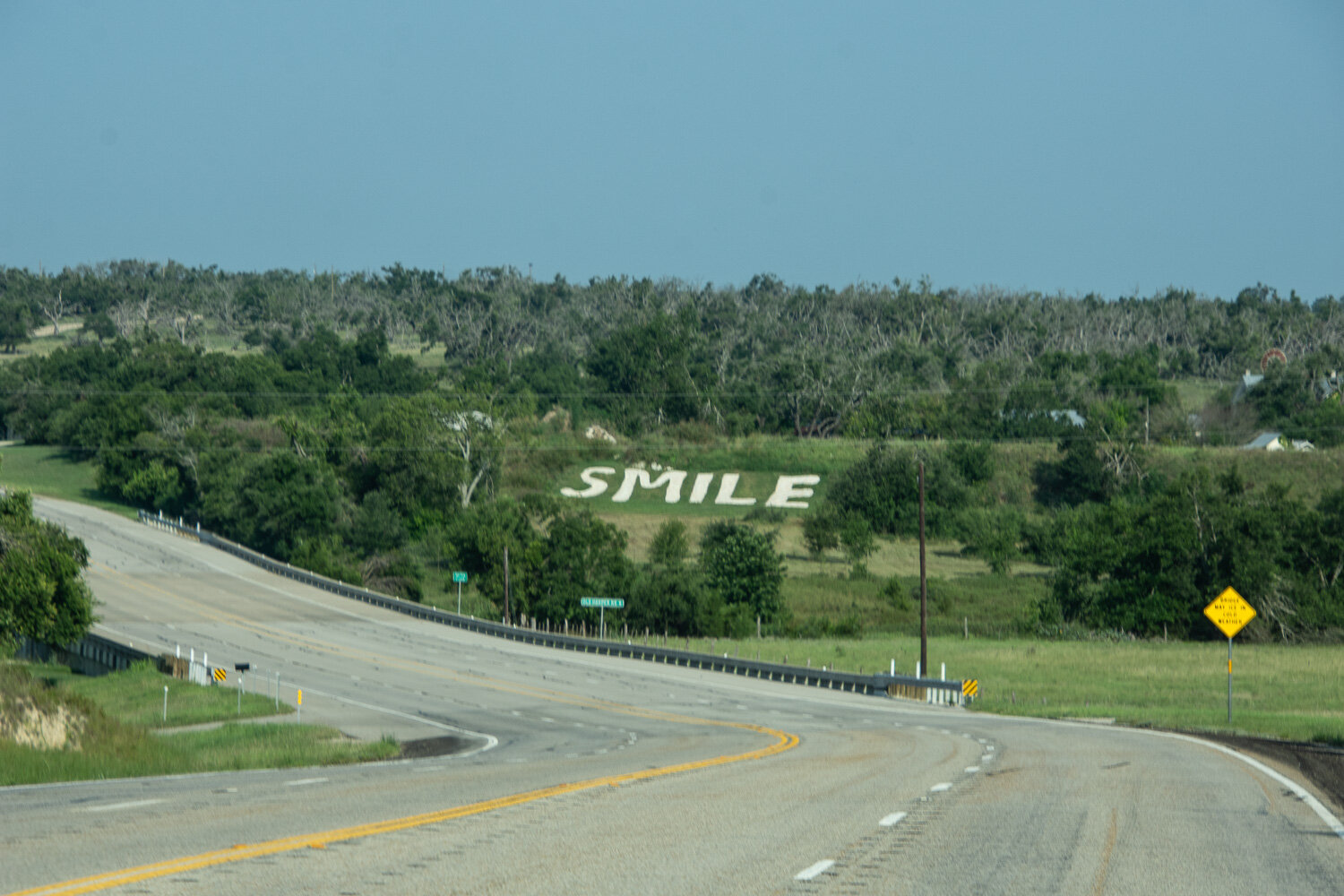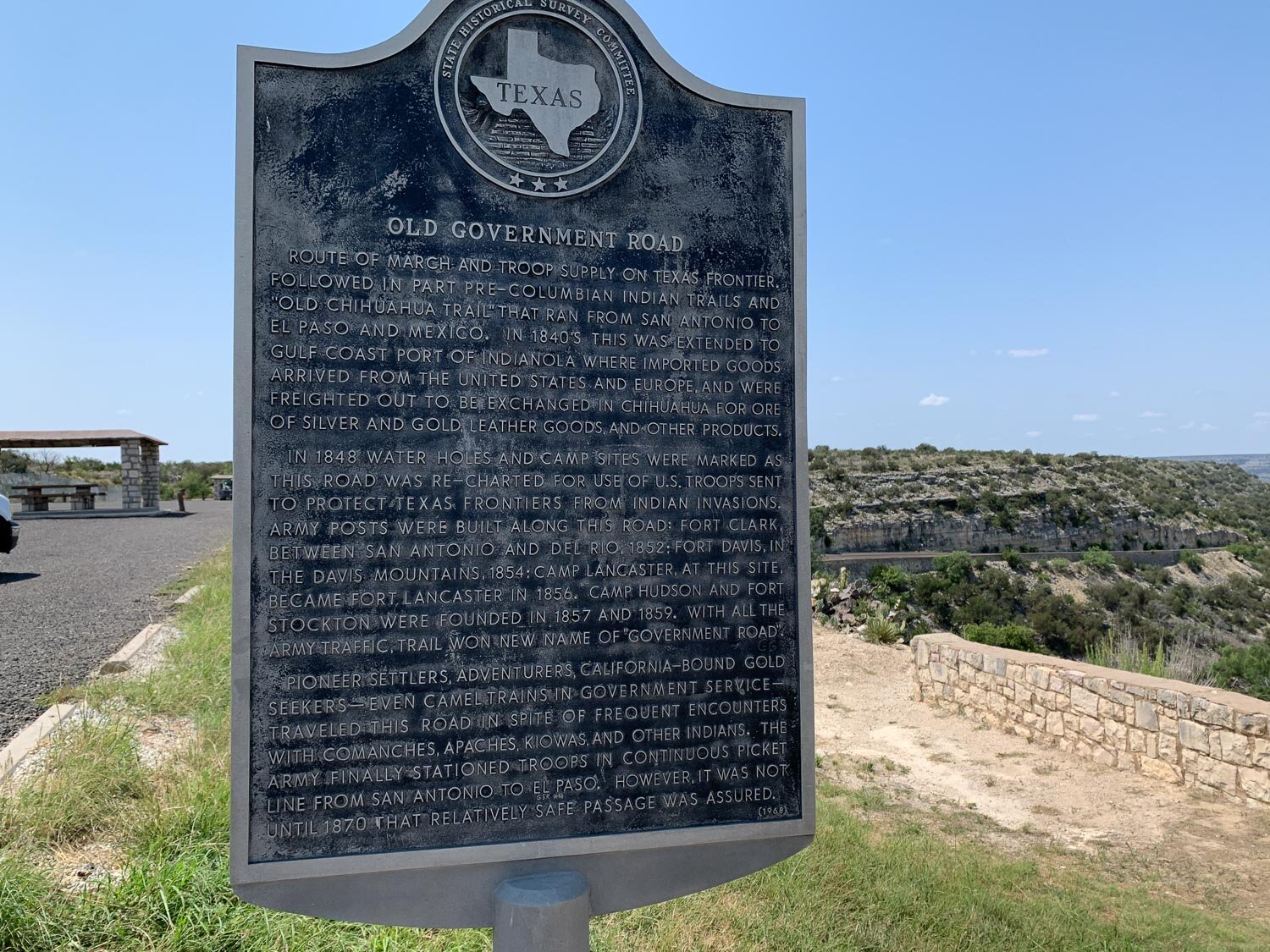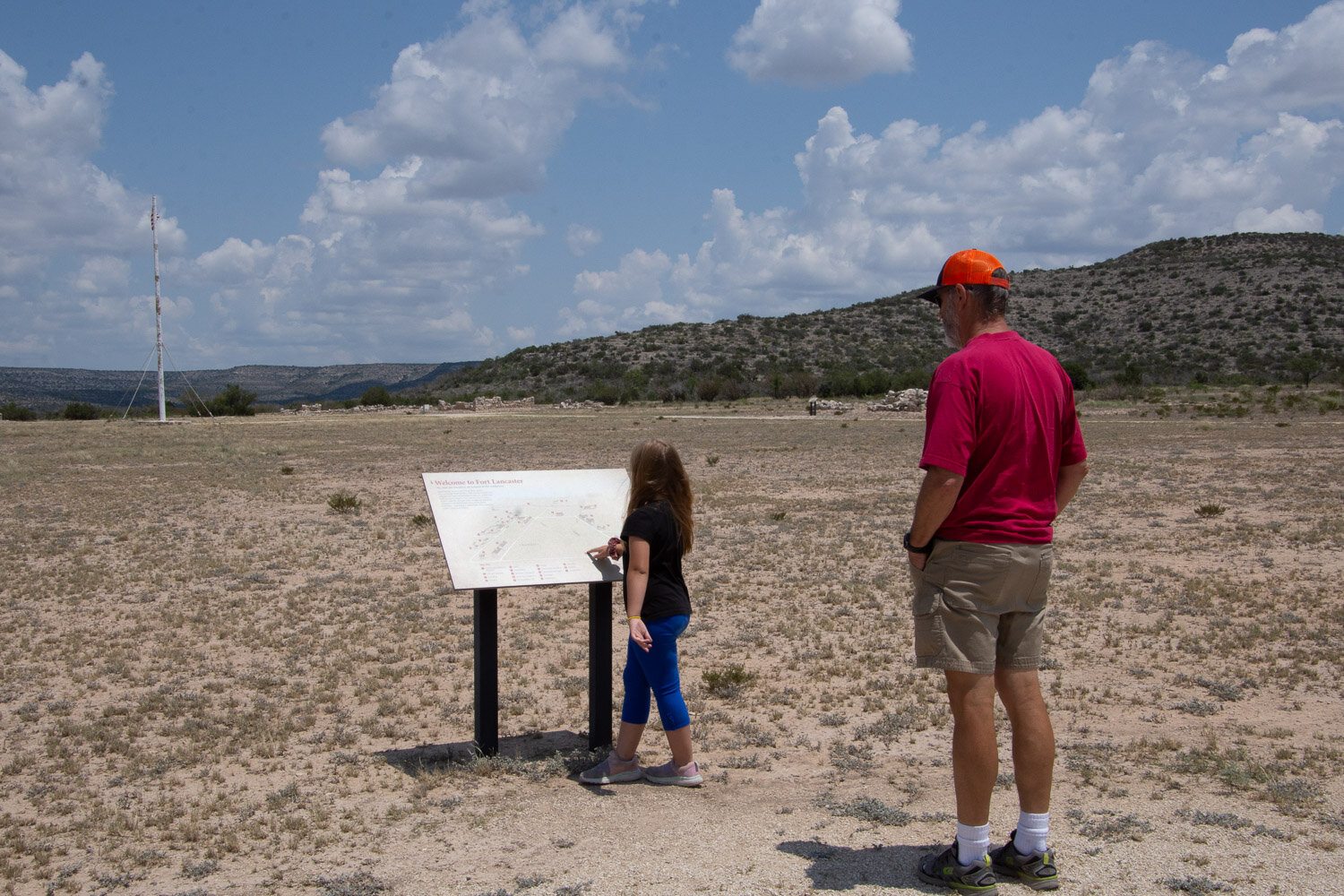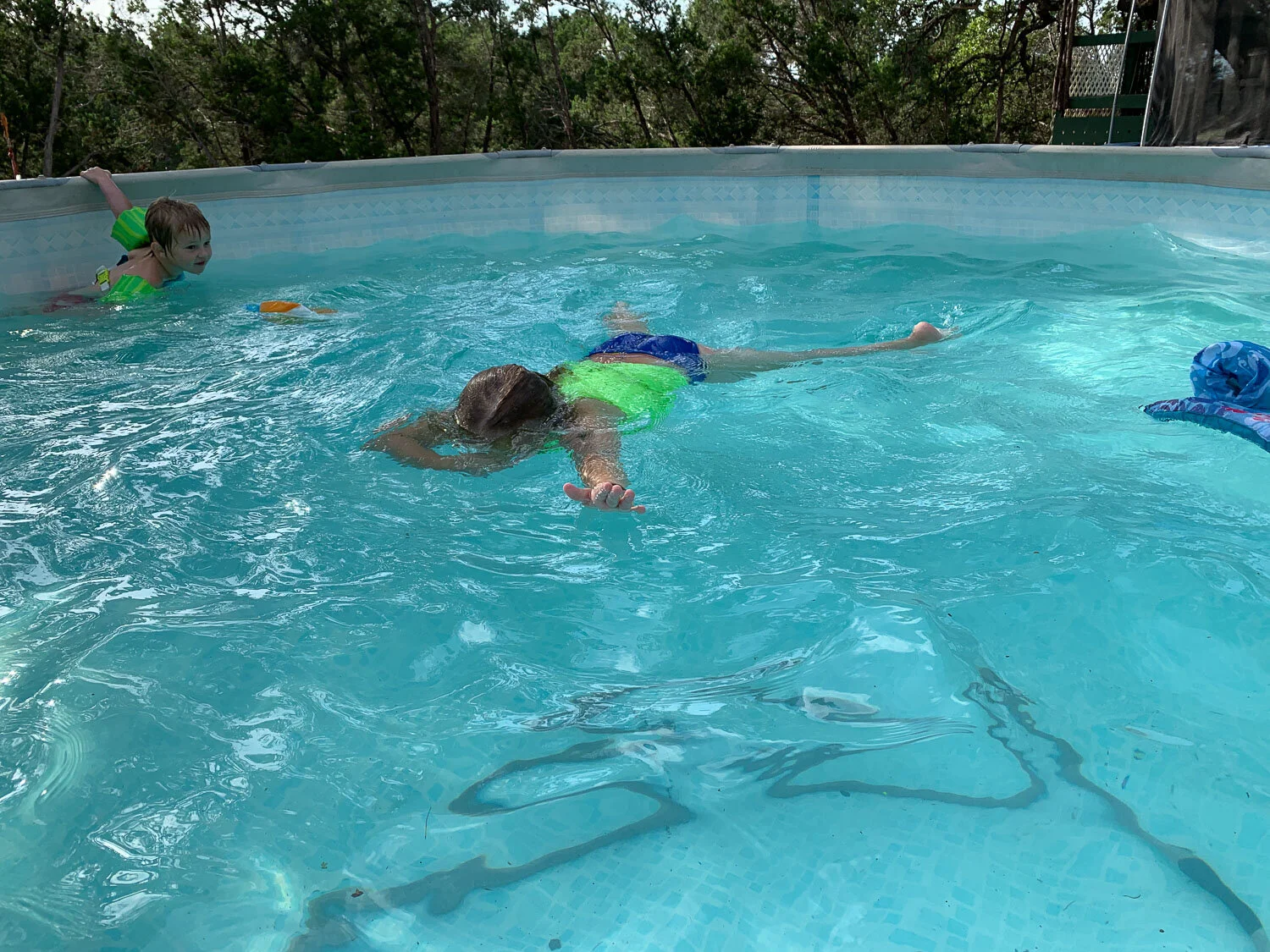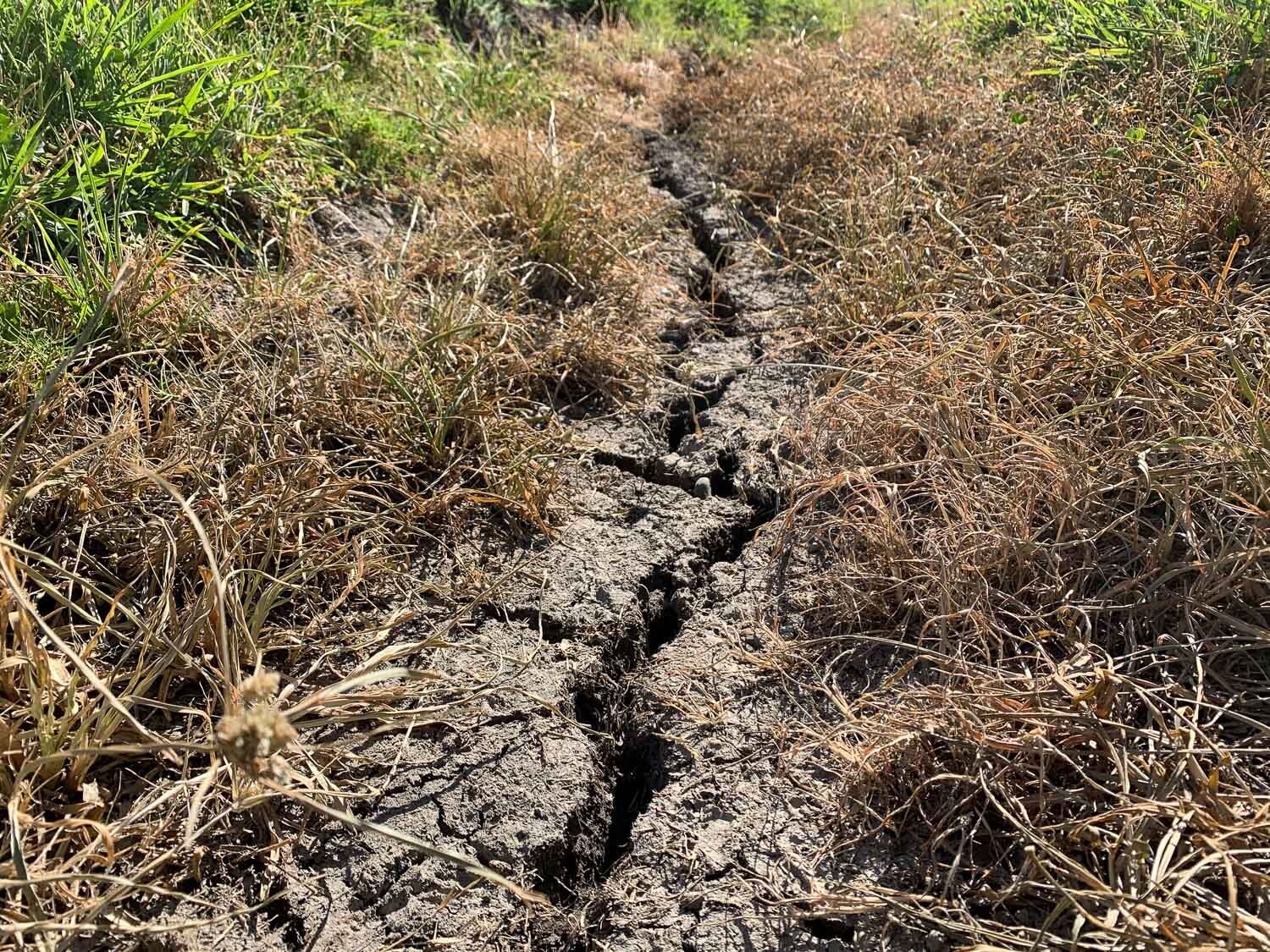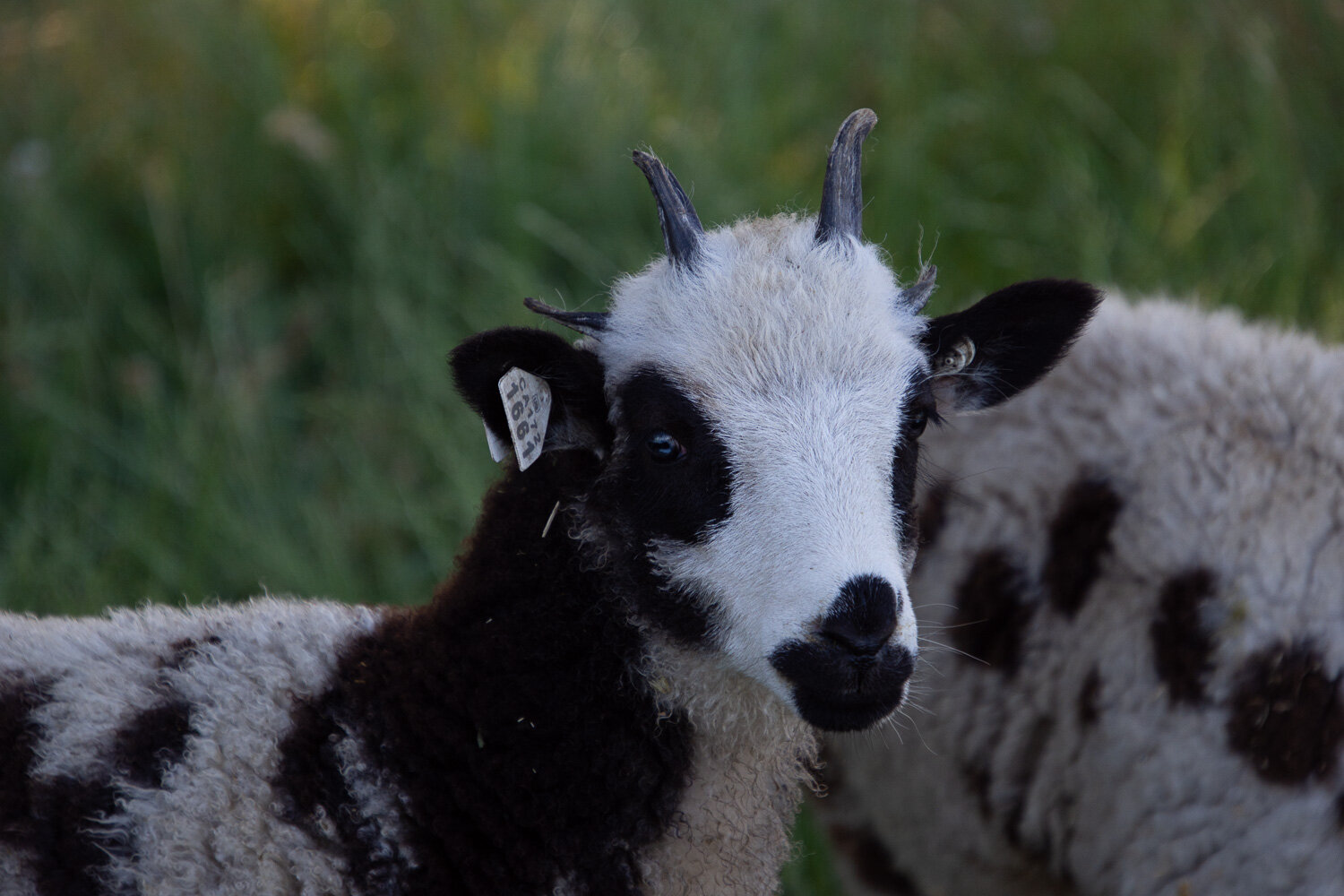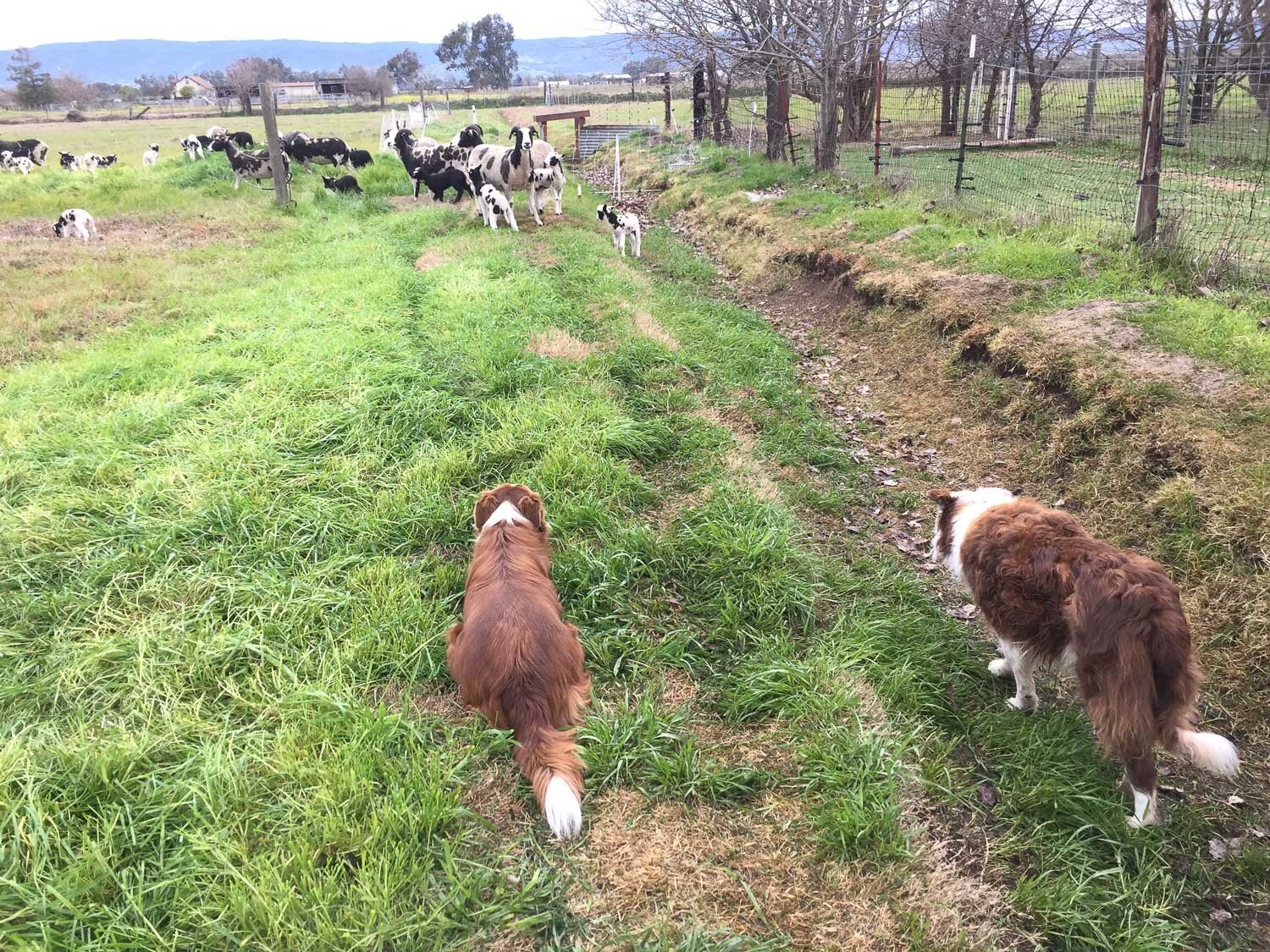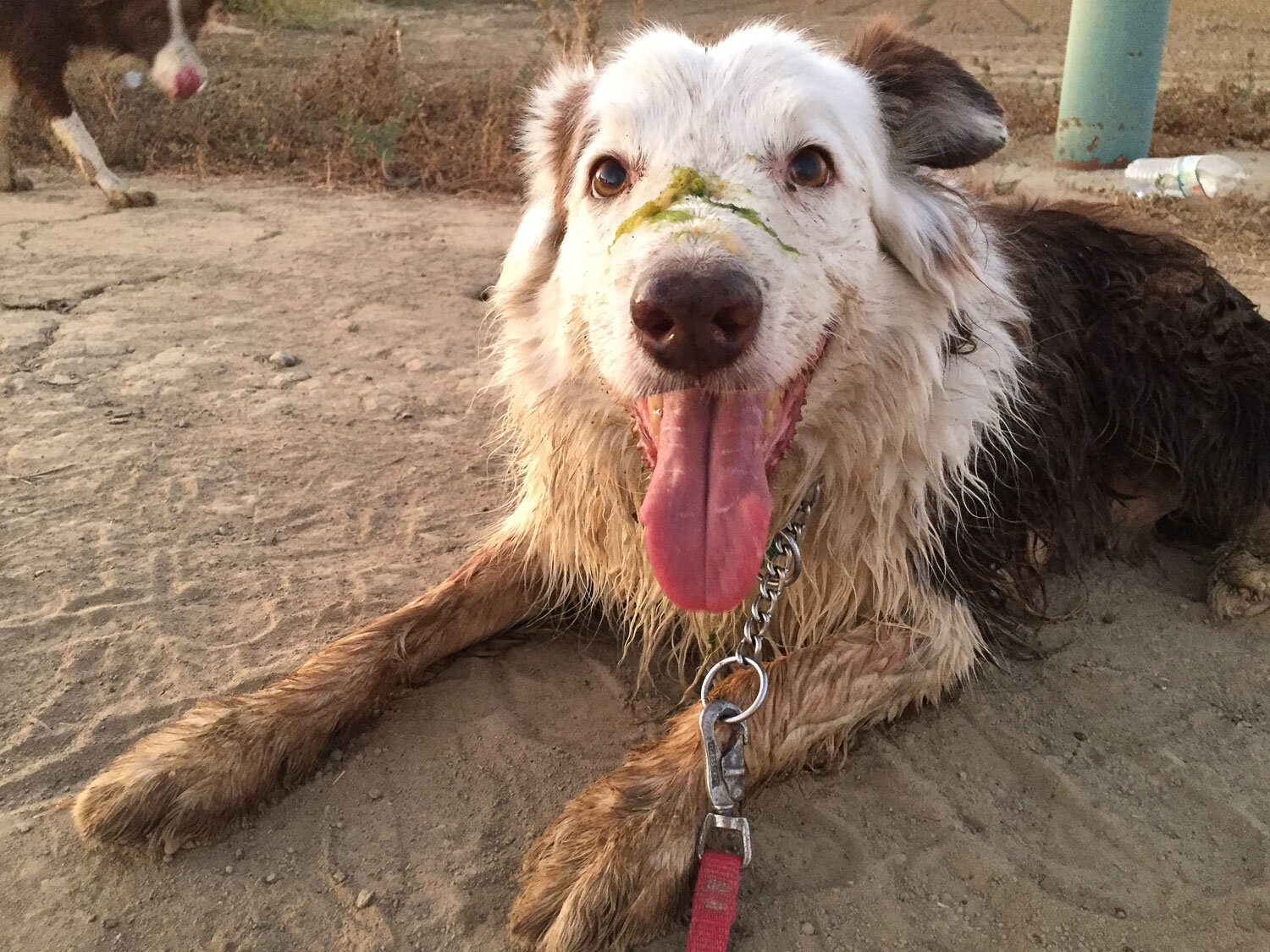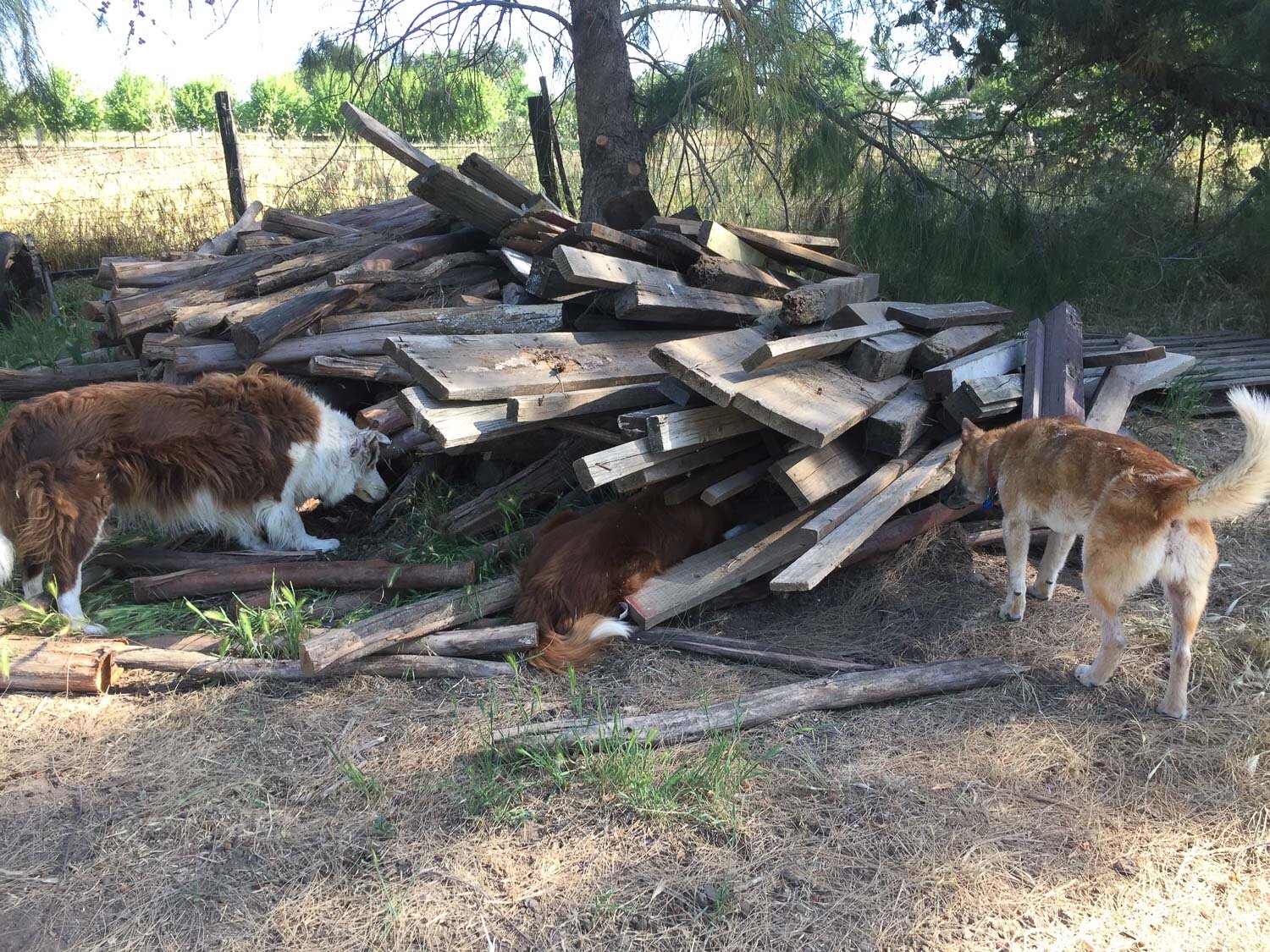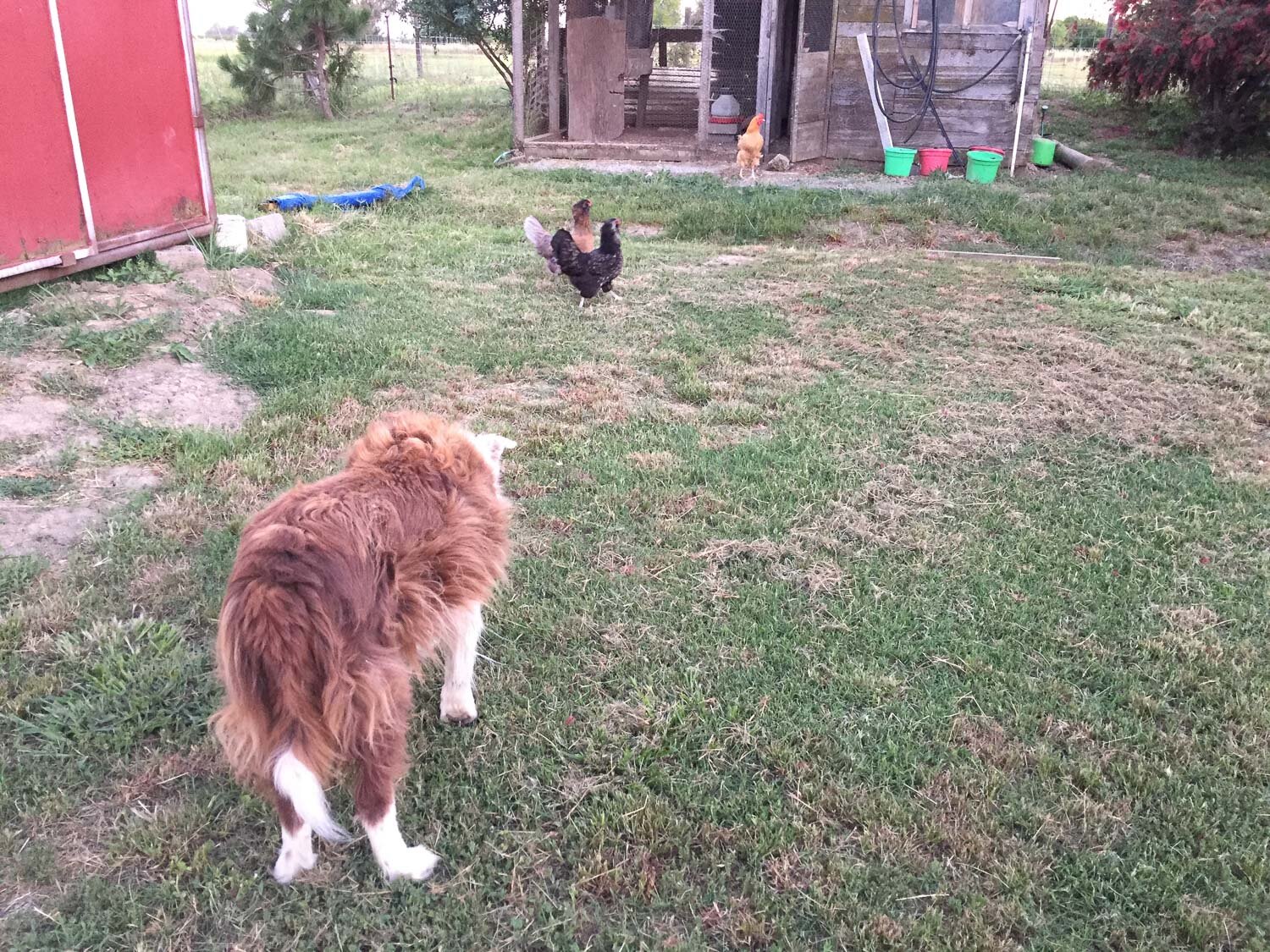Granddaughter Time - Part 3
/Only a couple of days were left for Kirby’s visit. (This was a month ago.) I had plans for the morning and Kirby’s schedule showed that she would spend the afternoon with Aunt Meryl. The next day she would see Aunt Kaleena who was back from fire duty in Washington and then to to the Dixon grandparents’ house and be ready to fly out the next morning.
Jade and Hazel were front and center whenever Kirby showed up at the barn. I’m so glad that Kirby has enough animal awareness that I could let her be in with the sheep and not worry about her getting hurt.
I had bought a kids’ cookbook but we didn’t have time to do much cooking. We did try something that looked fun. I can’t remember what these were called but they were supposed to be made with a lot of hand involvement of squishing and patting dough and stuffing them with cheese that had been rolled into balls. I won’t say that the outcome was very successful but the process was fun.
My new yarn came and Kirby thought it was fun for dress-up.
We visited with Grandma and Grandpa Moo, Kirby’s great-grandparents. who live near Dixon.
They have some odds and ends of cattle still around from the dairy days. This is one of the huge steers that was kept with the intention of having an ox team. After this visit Kirby went to stay with the other grandparents for two nights (including a birthday party with her cousins from that side of her family).
Back with me we went to a friend’s house to see her sheep that are different than mine.
Kirby got to ride in style from the field to the hose to wash off muddy feet.
Then we stopped by Orange Theory to watch Aunt Meryl coach a workout.
This was Monday and Kirby was going back to town Tuesday evening so she could fly out with the other grandma and two cousins the next morning. We had plans for Tuesday morning so I decided that it was time to put all the sheep we’d been halter breaking back with the rest of the flock. This is Kirby’s ewe, Belle.
We led the lambs back in pairs.
Goodbye hugs for Jade and Hazel.
Tuesday morning we were able to meet up with Aunt Kaleena. SeaQuest in Folsom seemed like a good half way point between our house and Kaleena’s.
Can you imagine a rodent this big? Yes, a capybara is a rodent and these were certainly tame.
We’d been having a discussion about spirit animals at home and after reading this sign Dan decided that the sloth must be his spirit animal—it was the part about sleeping and remaining motionless that won him over, not the upside down part.
Kaleena and Kirby went into the parakeet enclosure to have some close-up bird time.
I was amazed that these rays acted as though they wanted attention. You could reach in and touch them.
We finished the morning with lunchtime ice cream. with all the toppings.
I hope Kirby has good memories of her trip to California. We certainly had fun with her here. Katie’s comment to her mom after the flight back to Texas was “Why would you choose to drive?” Good question, but maybe we’ll answer that on our next road trip, to be planned when we can do it without pulling a trailer or being in a fire zone or dealing with Covid (hopefully).































